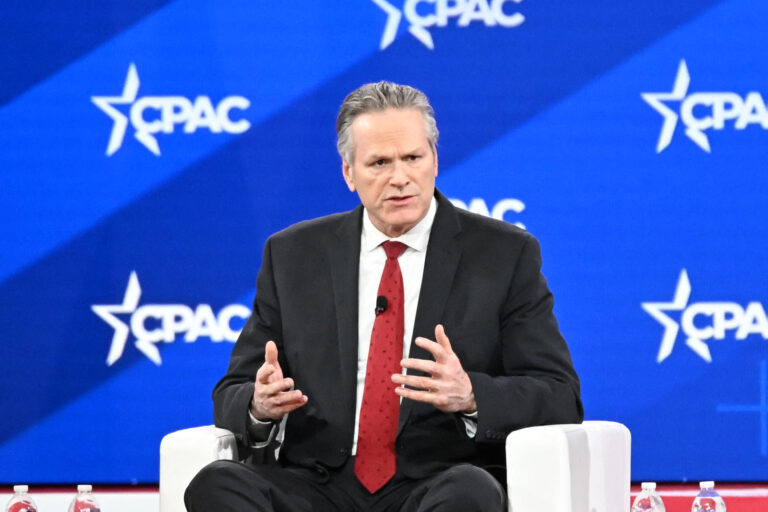Record-high copper prices have some observers blaming the introduction of tariffs for the recent spike in prices. But pointing the finger at President Donald Trump misses the underlying problem. We need to increase our supplies of, and access to, copper and the other critical materials so vital to our 21st-century infrastructure. And whether we’re able to expand access to copper and other important natural resources depends on four simple letters: N-E-P-A.
“NEPA” stands for the National Environmental Policy Act, which has constrained the development of mining and refining facilities, and much else along with it, for decades. The law—or, more accurately, courts’ and radical leftists’ interpretation of the law—has resulted in incessant delays for important infrastructure projects, which get bogged down in never-ending red tape.
In Alaska, for instance, the Ambler Mining District offers multiple deposits of high-grade copper totaling 9.3 billion pounds, as well as other critical minerals. Yet the Biden administration, after a years-long NEPA review, rejected permits for a road the state needed to gain access to the district, preventing the development of Alaska’s natural resources for the good of all Americans. The Biden administration took this action to block the road last year even though federal law explicitly requires the Department of the Interior to permit access to the District.
ALEX WROBLEWSKI/AFP/Getty Images
But NEPA doesn’t just interfere with energy exploration. It impedes approvals for refineries that process raw ore, and slows down permitting for the bridges, railroads, and highways that companies use to transport finished products. While our adversaries like China have been building projects that can grow their economy, the radical Left has utilized NEPA to keep our infrastructure projects stuck in neutral.
Fortunately, two factors should help to bring an end to this foolish regulatory overkill. First, the Supreme Court in a recent unanimous decision ruled that courts should not “micromanage” agencies’ approval of environmental impact statements, and should instead give them “substantial deference.” For instance, courts should not consider upstream or downstream impacts—such as the oil that might travel on a new railway—when evaluating the impact of a particular project (in this case, the railroad). The Court’s ruling will rein in the ability of judges to collude with the environmental lobby in ways that prevent projects from ever getting approved.
Second, President Trump, unlike his predecessor, wants to supercharge growth, and is taking numerous steps to move in that direction. Several of his executive orders, including a day-one executive order specifically dedicated to “unleashing Alaska’s extraordinary resource potential,” have focused on marshaling all our nation’s natural resources to release our economy’s full potential. The new National Energy Dominance Council will help coordinate these efforts, and the Supreme Court’s ruling can cut through unnecessary permitting bureaucracy.
In announcing his tariffs, President Trump said he wanted the United States to “once again, build a DOMINANT Copper Industry.” With a new mine taking an average of 29 years to develop—the second-longest such process in the world—it will take permitting reforms and an impatience for red tape to see that vision through to success. Here’s hoping that President Trump’s actions and the Supreme Court ruling will help make it happen.
Mike Dunleavy is the governor of Alaska.
The views expressed in this article are the writer’s own.

